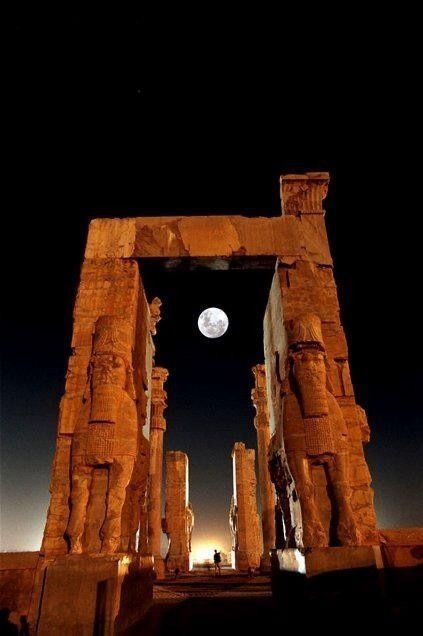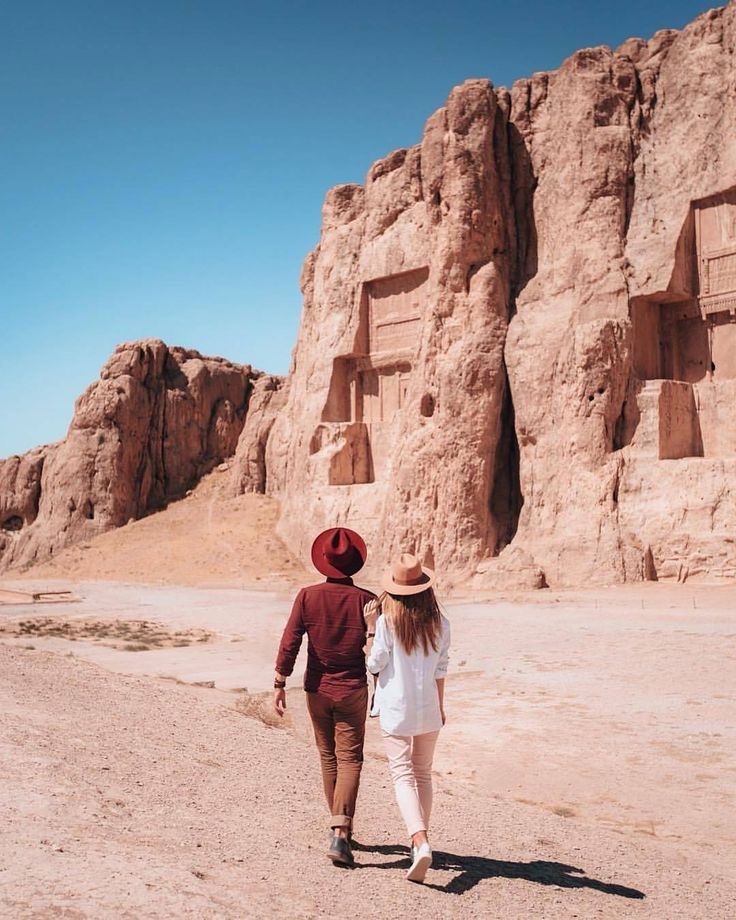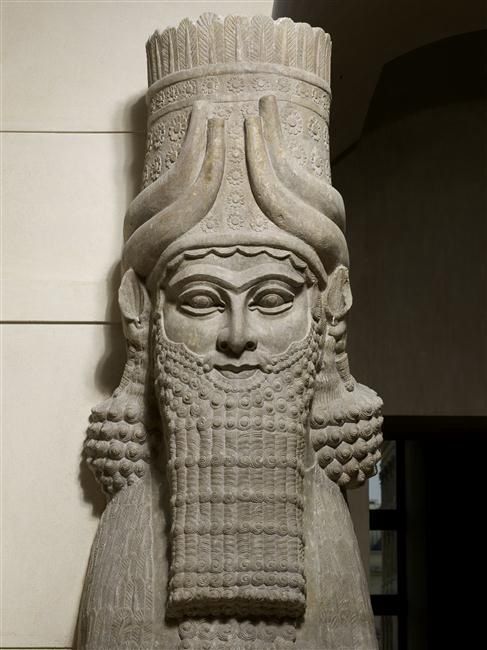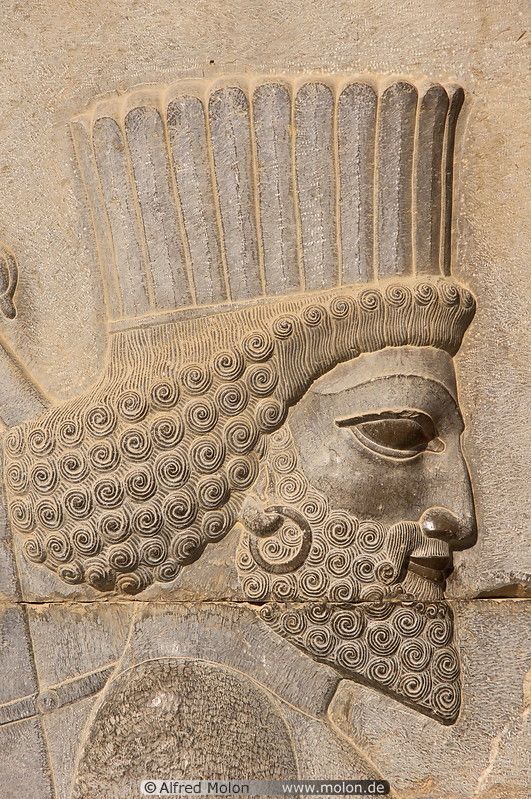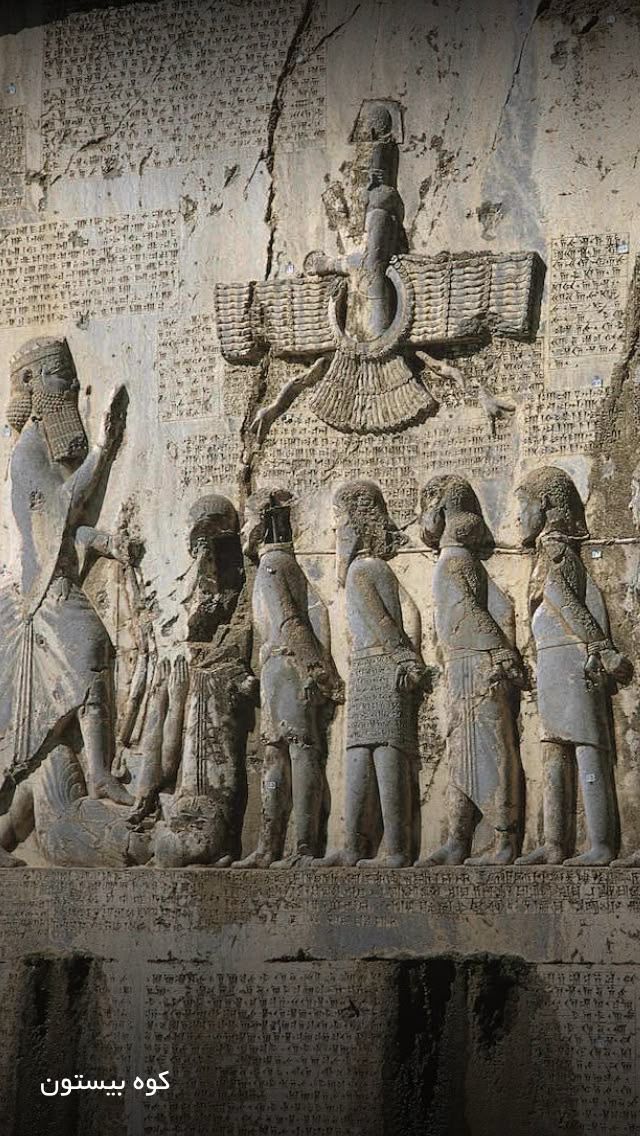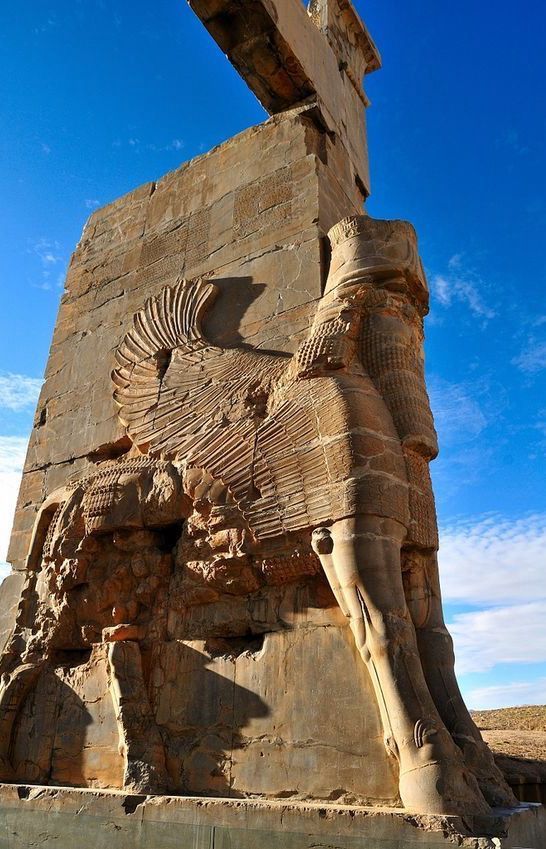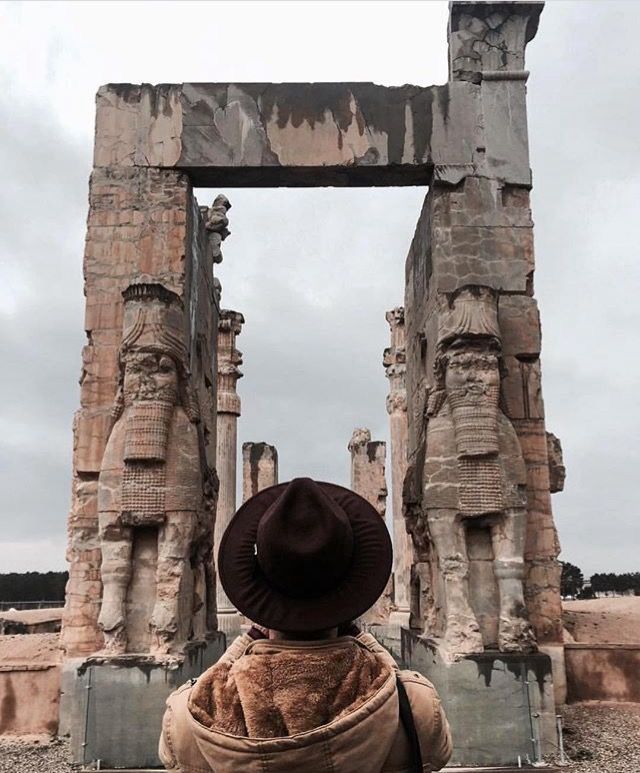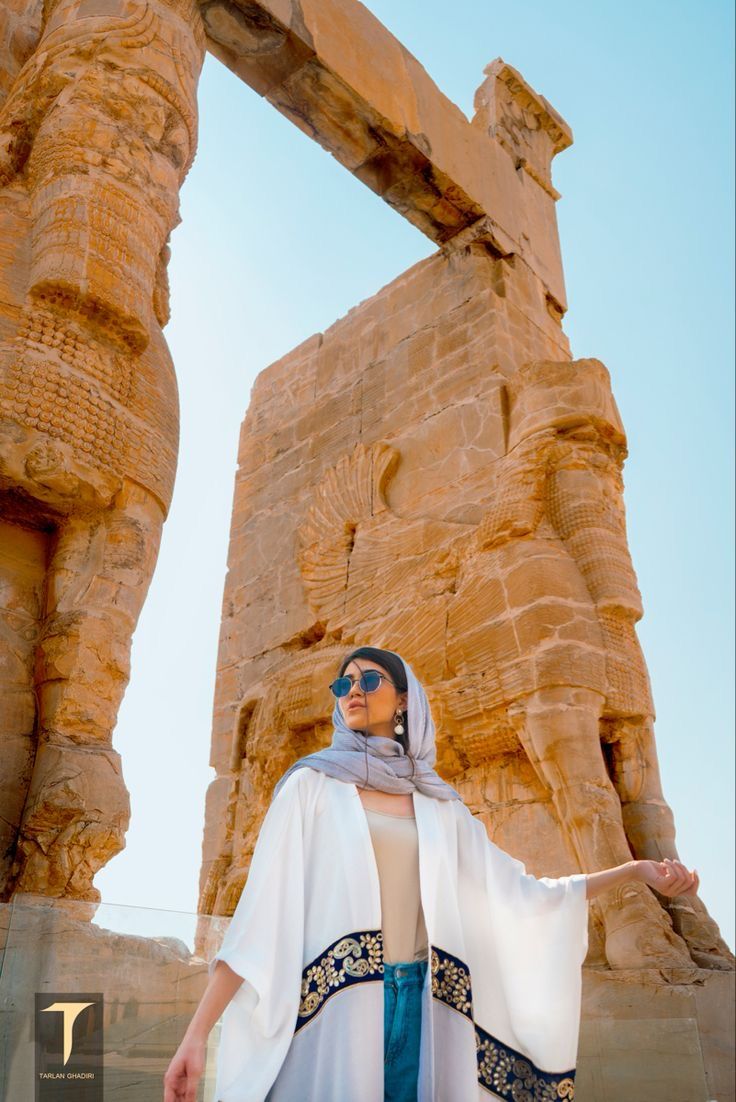Persepolis (Takhte Jamshid): The Heart of Ancient Persia Unveiled

Introduction: Unveiling the Glory of Persepolis (Takhte Jamshid)
Step into a world where kings once stood tall and empires left their mark. Persepolis, or Takhte Jamshid as it’s known in Persian, was the ceremonial heartbeat of the Achaemenid Empire, crafted by Darius the Great over 2,500 years ago. Nestled just 60 km from Shiraz in Iran’s Fars Province, this UNESCO World Heritage Site isn’t just ruins—it’s a living gallery of Persian brilliance. Wondering why it’s called both Persepolis and Takhte Jamshid? The Greeks named it “Persepolis” (City of the Persians), while “Takhte Jamshid” (Throne of Jamshid) ties it to a mythical Persian king—two names, one epic legacy. Here’s a sneak peek:
- Darius’s Dream: A grand stage born in 518 BCE.
- UNESCO Star: Honored since 1979 for its timeless value.
- Royal Relics: Palaces and carvings whispering ancient tales.
- Travel Call: A quick trip from Shiraz to history!
From towering columns to intricate reliefs, Persepolis pulls you into a past worth exploring. Ready? Let’s uncover its magic!
The History of Persepolis: A Tale of Kings and Flames
Imagine a dusty plain in 518 BCE, where Darius the Great, a king with a vision as big as his empire, decides it’s time for something extraordinary. He orders masons and artists from every corner of the Achaemenid realm—Persia, Egypt, Babylon—to carve a city from stone. Persepolis rises, not as a bustling capital like Pasargadae, but as a dazzling stage for royal ceremonies, a place to awe visitors with parades of tribute-bearers stretching from India to Ethiopia. His son, Xerxes I, adds his own flair—bigger palaces, bolder reliefs—while Artaxerxes I polishes the masterpiece.

For 200 years, it’s the empire’s crown jewel, echoing with the clink of gold and the chants of New Year’s feasts. Then, in 330 BCE, Alexander the Great storms in. Picture the scene: flames licking the cedar roofs, soldiers drunk on victory—or vengeance—torching the dream Darius built. Was it spite for Persia’s resistance or a wild party gone wrong? No one knows for sure. But even in ashes, Persepolis refuses to fade, standing today as a haunting reminder of glory lost and found. This isn’t just history—it’s a saga carved in stone.
Architectural Marvels of Persepolis

Persepolis isn’t just a pile of rocks—it’s a Persian masterpiece with a twist. Darius didn’t settle for ordinary; he blended local genius with tricks from across the empire—think Mesopotamian heft, Egyptian elegance, and Greek polish. The result? A jaw-dropping sprawl of palaces and halls. Start with the Apadana Palace, a grand audience hall where Darius greeted the world—its 72 columns (13 still standing) once held a roof the size of a football field. Then there’s the Tachara, his private retreat, with polished stone so smooth you’d swear it’s modern. Xerxes ups the ante with the Hadish, his personal palace, while the Gate of All Nations welcomes you with giant bull statues—half greeting, half warning.
Don’t miss the Hundred-Column Hall, a massive space where kings threw epic feasts. Every inch screams power, from the towering platforms to the detailed carvings of lions and flowers. It’s not subtle, and it’s not supposed to be—this was Persia flexing its might. Wander through, and you’ll feel the weight of an empire that once ruled half the world.
Reliefs and Inscriptions of Persepolis

Walk the staircases of Persepolis, and the walls come alive with stories in stone. Here’s what you’ll see:
- Diverse Delegates: Reliefs of 23 nations—Medes with round hats, Indians with cotton bales, Ethiopians with ivory—bringing gifts to the king, a parade of an empire’s reach.
- Insane Detail: Carved so finely you can almost hear the rustle of robes or clatter of hooves—soldiers, lions, flowers, all frozen in time.
- Cuneiform Clues: Wedge-shaped scribbles in Old Persian, Elamite, and Babylonian, boasting of Darius’s wins or Xerxes’s builds—like ancient tweets etched on pillars.
- Royal Propaganda: One line brags, “I built this with the help of all nations”—a flex of power and unity.
These weren’t just art; they shouted Persia’s glory to the world. Today, they’re a historian’s goldmine, piecing together a lost empire. Look close—you’ll spot a spear or a crown that’s been waiting 2,500 years for you.
The Fall of Persepolis: Destruction by Alexander the Great
In 330 BCE, Persepolis’s golden days crash to a fiery end. Alexander the Great, fresh from conquering half the known world, marches in with his army. The city’s a prize—palaces stuffed with gold, roofs of fragrant cedar, a symbol of Persian pride. Then, one night, it’s gone. Flames swallow the halls; the sky turns red over Fars. Why? Some say Alexander’s troops got drunk on looted wine and torched it in a haze. Others whisper revenge—payback for Persia burning Athens decades earlier. Maybe it was both.
The Greek historian Diodorus paints a wild scene: soldiers dancing as the fire roared, Darius’s legacy crumbling. Whatever the reason, the blaze left scars—charred beams, melted treasures—but not defeat. Persepolis endured, its bones still standing when archaeologists dug it up centuries later. Today, those ruins tell a tale of triumph and tragedy, a king’s dream snuffed out by a conqueror’s torch.
The Plunder of Persepolis: A Legacy Lost to the World
Persepolis didn’t just face flames—its treasures faced plunder too. In the late 19th century, Naser al-Din Shah handed the French a 60-year deal to excavate Iran for just 10,000 tomans, letting them haul away artifacts. His son, Mozaffar al-Din Shah, doubled down, signing a contract that gave France free rein to dig anywhere and ship out finds—no objections allowed.
French archaeologist Jacques de Morgan alone reportedly carted off 5,000 priceless pieces to France, as noted in PressTV’s report on Persian artifacts. One Frenchman quipped, “Iran’s relics were so plentiful, our ship couldn’t hold them—we tossed columns and capitals into the sea!” Later, from 1930 to 1939, American teams joined the fray, stripping Persepolis further—check out how excavations unfolded in The Met’s Herzfeld essay.
In 1935, after the first haul left for the U.S., the American ambassador in Iran marveled, “It took a fleet of trucks to move Persepolis’s treasures,” a saga detailed by the University of Chicago’s Oriental Institute. What was left of Darius’s glory scattered across oceans, a bittersweet footnote to its grandeur.
How to Visit Persepolis: A Travel Guide
Ready to see Persepolis? Spring (March-May) or autumn (September-November) are prime—cool temps and clear skies make it perfect. It’s a quick 45-minute drive from Shiraz, so rent a car, hop a taxi, or join a tour. Buses run too, but they’re less flexible. Entry’s cheap (a few bucks), and guides are worth it—they bring the stones to life. Wear sturdy shoes—the site’s huge—and pack water; summer heat’s no joke, and shade’s scarce. No food stalls nearby, so bring a snack. Sunrise casts a golden glow on the ruins—don’t miss it! Pair it with Pasargadae for a full Achaemenid day trip.
Where is Persepolis?
It’s in Fars Province, 60 km northeast of Shiraz near Marvdasht, framed by the Kuh-e Rahmat mountains. Pin it on Google Maps to plan your route!
The Cultural and Global Significance of Persepolis

Persepolis isn’t just old—it’s a cornerstone of Persian identity. Built to dazzle, it showed the world what the Achaemenid Empire could do: unite nations, craft beauty, and rule with style. Its reliefs and palaces still echo that swagger, inspiring Iran’s modern pride in its ancient roots. Globally, it’s a history buff’s dream—UNESCO tagged it in 1979 as a “masterpiece of human creative genius.” Why? It’s a rare peek into a superpower that balanced power and art like no other. Dig deeper into Iran’s treasures with our guide to UNESCO World Heritage Sites in Iran. Persepolis isn’t just a site—it’s a symbol of a civilization that refuses to be forgotten.
FAQs About Persepolis (Takhte Jamshid)
What’s behind the double name?
“Persepolis” is Greek for “City of Persians,” but “Takhte Jamshid” ties it to a mythical king—two vibes, one epic ruin.
Why’d Darius pick this spot?
Smack in Fars Province, it’s got mountains for drama and plains for grandeur—perfect for a king’s big show
What’s with all the carvings?
Those reliefs aren’t just pretty—they’re a guest list of 23 nations, proving Persia ruled the world’s VIPs.
did Alexander really mean to torch it?
In 330 BCE, flames ate the palaces—some say revenge, others blame a boozy accident. You decide!
What’s it like standing there now?
Picture this: giant bulls guard the gates, wind whistles through the ruins—it’s like time froze.
Any hidden gems to hunt?
Look for tiny cuneiform scribbles—ancient brags from Darius that still whisper his wins.
Conclusion: Why Persepolis is a Must-Visit Destination
Persepolis isn’t just a place—it’s a portal to an empire’s soul. From Darius’s grand halls to the ashes of Alexander’s fire, every stone tells a story of power, beauty, and resilience. Its UNESCO status proves it’s not just Iran’s treasure, but the world’s. Whether you’re marveling at the Gate of All Nations or tracing ancient reliefs, Persepolis delivers a vibe you can’t find anywhere else. So why wait? Pack your curiosity and head to Fars—history’s calling! Let Kental Travel guide you there with tours that make it unforgettable. Persepolis isn’t just a visit—it’s an experience.
The editorial department of Kental Travel prepared this article, and its non-commercial use is unchecked by the mention of the source. To check out more articles related to traveling to Iran, you can visit the Kental Travel blog.

